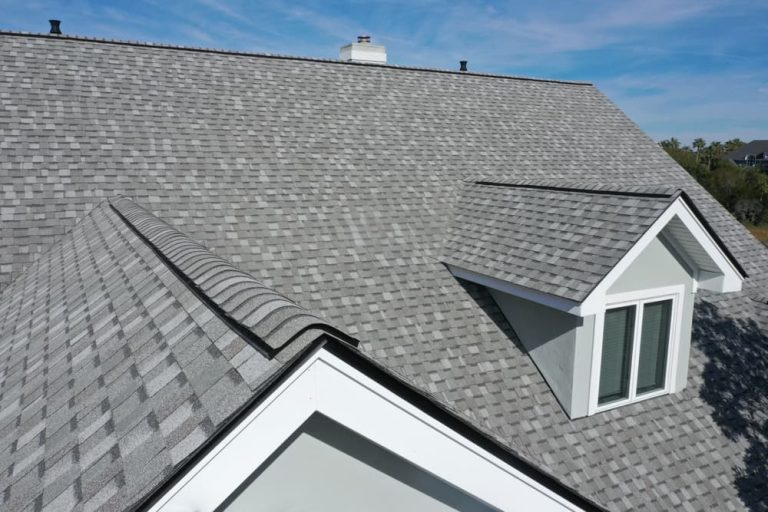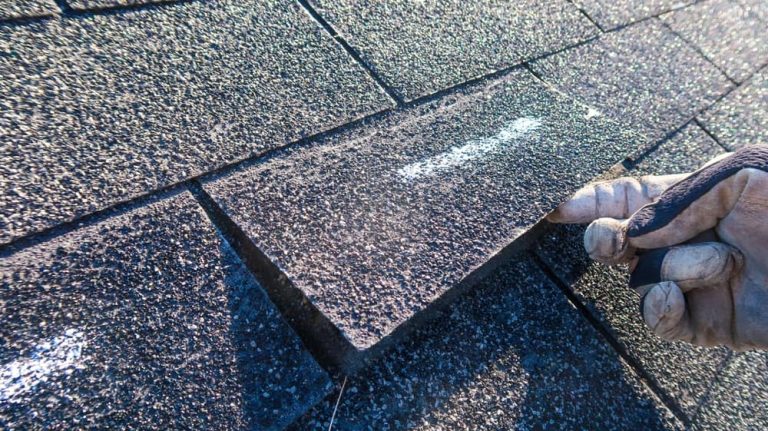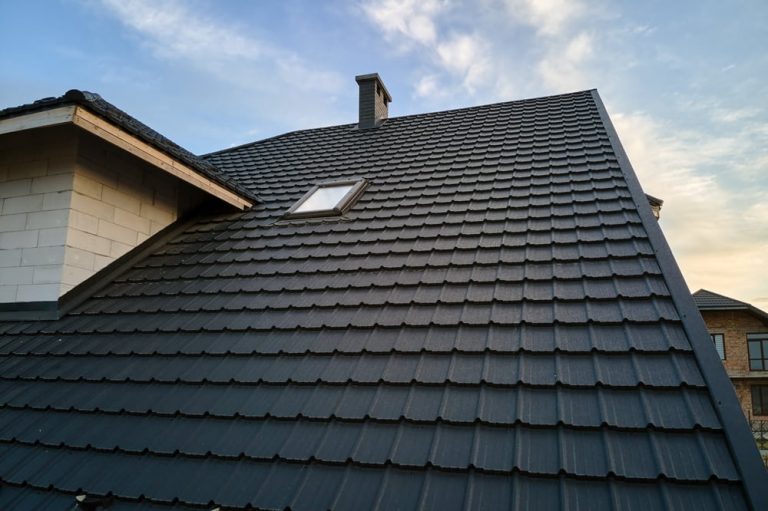A roof turbine, one of the types of roof vents that is also known as a turbine vent, is a roof-mounted ventilation device. Its primary function is to expel hot and humid air from the attic or roof space of a building, reducing the potential for damage caused by moisture accumulation. This type of vent operates without the need for electricity; instead, it harnesses the power of wind to activate its spinning mechanism. As the wind blows, the turbine blades rotate, creating a suction effect that draws stale air up and out of the space below.
The design of a roof turbine is both simple and effective, resembling the form of a cylindrical dome with a series of vanes or blades that rotate around a central axis. The efficiency of a roof turbine is contingent upon the wind speed, but even a gentle breeze can be enough to initiate movement and begin the process of ventilation. Not only do turbine vents help in protecting the structural integrity of a roof by preventing wood rot, mildew, and mold growth, but they also play a role in maintaining a more comfortable and balanced indoor environment.
When considering roof ventilation options, homeowners often look to Pinnacle Home Improvements for our expertise. Our professionals can provide advice on the suitability of turbine roof vents based on specific roofing configurations and local climate conditions. A well-installed and appropriately-sized roof turbine can contribute to the longevity of the roof structure and create a more energy-efficient building.
Understanding Roof Turbines
Roof turbines are critical components in home ventilation systems, providing an effective solution for removing excess heat and moisture from a building’s attic space.
Functionality and Mechanics
Roof turbines, also known as turbine vents, operate on a simple principle: they harness the power of wind to draw warm, humid air out of an attic or roof space. These devices are mounted on the roof and consist of a rotary fan mechanism that is turned by the wind. As the wind moves the blades of the turbine, a vacuum is created, which pulls the air from the attic space and expels it outside. This process promotes air circulation, vital for maintaining indoor air quality and preventing issues such as mold, mildew, and wood rot.
The importance of proper ventilation in a home cannot be overstated. Appropriate attic ventilation extends the life of a roof, reduces energy costs, and regulates the temperature within a home. The use of roof turbines is a cost-effective and environmentally friendly way to maintain this balance. These ventilators do not require electricity to operate, relying solely on natural wind energy, which makes them both efficient and sustainable.
Benefits of Roof Turbines
Roof turbines are integral components in maintaining a balanced attic ventilation system. They offer several distinct advantages that can translate to both cost and energy savings for a homeowner.
Energy Efficiency
Roof turbines are known for their ability to harness wind power to ventilate a home’s attic space, which results in more energy-efficient cooling systems. Since they operate without electricity, they can reduce reliance on powered ventilation and cooling systems, potentially leading to decreased energy bills.
Moisture Prevention
Moisture accumulation can be detrimental to a home’s structure, but roof turbines excel in preventing moisture buildup. They effectively remove humid air from the attic, minimizing the risk of mold and rot, which are common issues associated with excess moisture.
Roof Longevity
Installing roof turbines can contribute to extended roof longevity. By reducing extreme temperature fluctuations and moisture levels, these vents help protect roofing materials from premature wear and stress, ultimately prolonging the lifespan of the roof.
Choosing the Right Roof Turbine
As top roof contractors in the area, we know that when selecting a roof turbine, it’s crucial to account for size, material durability, and ongoing maintenance to ensure the unit operates effectively and integrates well with one’s specific roofing system.
Size and Specifications
The correct size and specifications of a roof turbine are paramount in ensuring optimal airflow and ventilation. The required capacity will depend on the attic’s square footage being ventilated. Generally, one should adhere to a ratio which often stipulates one square foot of vent area for every 150 square feet of attic space. Additionally, the turbine’s neck size, which typically ranges from 12 inches to 24 inches, should be matched with the roof’s pitch and attic volume.
Material Considerations
The choice of material for roof turbines affects not only their durability but also their performance. Most turbines are constructed from either aluminum or galvanized steel. Aluminum roof turbines are lightweight, resistant to rust, and generally have a longer lifespan in coastal areas. On the other hand, galvanized steel turbines are sturdy and can withstand more severe weather conditions, but may be prone to rust over time if the coating wears off.
Maintenance Requirements
Regular maintenance is critical to the long-term functionality of roof turbines. One should choose a turbine roof vent that is designed for ease of maintenance, considering factors like ease of lubrication for bearings and accessibility for cleaning debris. Lack of maintenance can lead to noisy operation and reduced efficiency. Maintenance schedules can vary according to the manufacturer’s guidelines, but inspection and servicing are typically recommended at least annually to ensure optimal performance.
Installation Insights
A roof turbine, also known as a turbine vent, is a ventilation device mounted to the roof to extract hot and moist air from the attic. Its installation is pivotal for proper ventilation and can be a cost-effective method to promote air flow without the use of electricity.
Installation Overview
The installation process typically involves the following key steps:
- Location Identification: Selecting an optimal spot on the roof for maximum wind exposure.
- Opening Creation: Cutting a circular opening in the roof to fit the base of the turbine.
- Sealing and Water Protection: Applying sealant and flashing around the base to prevent leaks.
- Mounting: Attaching the turbine onto the roof securely using screws or bolts.
- Final Checks: Ensuring the turbine spins freely and there is no obstruction to air flow.
It is emphasized that proper installation ensures peak efficiency, and it’s highly recommended to engage a professional if there is any uncertainty about the DIY installation process.
Cost Factors
The cost of installing a roof turbine can vary based on the following factors:
- Material Quality: High-quality turbines generally cost more but offer better durability.
- Labor: Professional installation adds to the cost, but ensures proper fitting.
- Size and Complexity: Larger turbines or those with advanced designs may incur higher costs.
- Roof Accessibility and Condition: Difficult-to-access roofs or those requiring repair before installation may lead to additional charges.
Here is a simplified breakdown of potential costs:
| Factor | Potential Cost Impact |
| Materials | Low to moderate, depending on turbine quality |
| Labor | Variable, can be significant relative to total cost |
| Roof Size/Complexity | Moderate, larger sizes increase costs |
| Additional Repairs | Variable, depends on roof condition before installation |
An important consideration is that while there is an upfront installation cost, energy savings in the long-term can offset initial expenses due to improved air circulation reducing the load on cooling systems.
Maintaining Your Roof Turbine
Proper maintenance is vital for the longevity and efficiency of roof turbines. These devices offer significant advantages by improving air circulation in attics, which can prolong the life of roofing materials and reduce energy costs. To maintain these benefits, homeowners should follow several key maintenance tips.
Regular Inspection: It is crucial to inspect roof turbines annually. One should check for rust, blockages, and wear. Ensuring no debris interferes with the turbine’s rotation will help maintain its efficiency.
Lubrication: Some roof turbines have ball bearings that require lubrication to function smoothly. An annual application of a lubricant like WD-40 can prevent issues related to spinning and noise.
Clean Blades: The vent’s blades should be checked and cleaned periodically. Dust and dirt can accumulate, leading to decreased performance.
Fasteners and Joints: Check fasteners and joints for signs of wear or damage. Replace or tighten them as needed to ensure a secure fixture.
Flashing: Flashing around the turbine should be intact and properly sealed to prevent leaks. Any compromise in flashing can lead to water damage in the attic and subsequent repairs.
By adhering to these maintenance tips, homeowners can reap the advantages of roof turbines, such as increased energy efficiency and reduced moisture accumulation, which can ultimately translate to cost savings on repairs and energy bills.
Additional Home Improvement Services
When considering upgrading a home, it is beneficial to explore other home improvement services offered by Pinnacle Home Improvements. These enhancements not only improve the aesthetic appeal but can also increase the overall functionality and efficiency of the residence.
A longer list of our services includes:
- Energy-Efficient Windows: Installing energy-efficient windows can drastically reduce heating and cooling costs.
- Sliding Glass Door Replacement: A new sliding glass door can elevate your home’s exterior while improving security.
- Siding Installation: Quality siding offers a fresh look and better insulation, protecting against weather elements.
- Roof Replacement: A new roof can increase its durability, and improve your home value.
- Gutter Installation: Adding or replacing gutter systems can lead to better drainage, reduced soil erosion.
Pinnacle Home Improvements also provides customized solutions tailored to each homeowner’s specific needs, ensuring their investment is both practical and valuable. We offer professional consultations to guide homeowners through the process of selecting the best services for their home.
Selecting the right home improvement services can lead to significant energy savings, improved living conditions, and a home that better suits the homeowner’s lifestyle. Contact us today to move your project forward.













